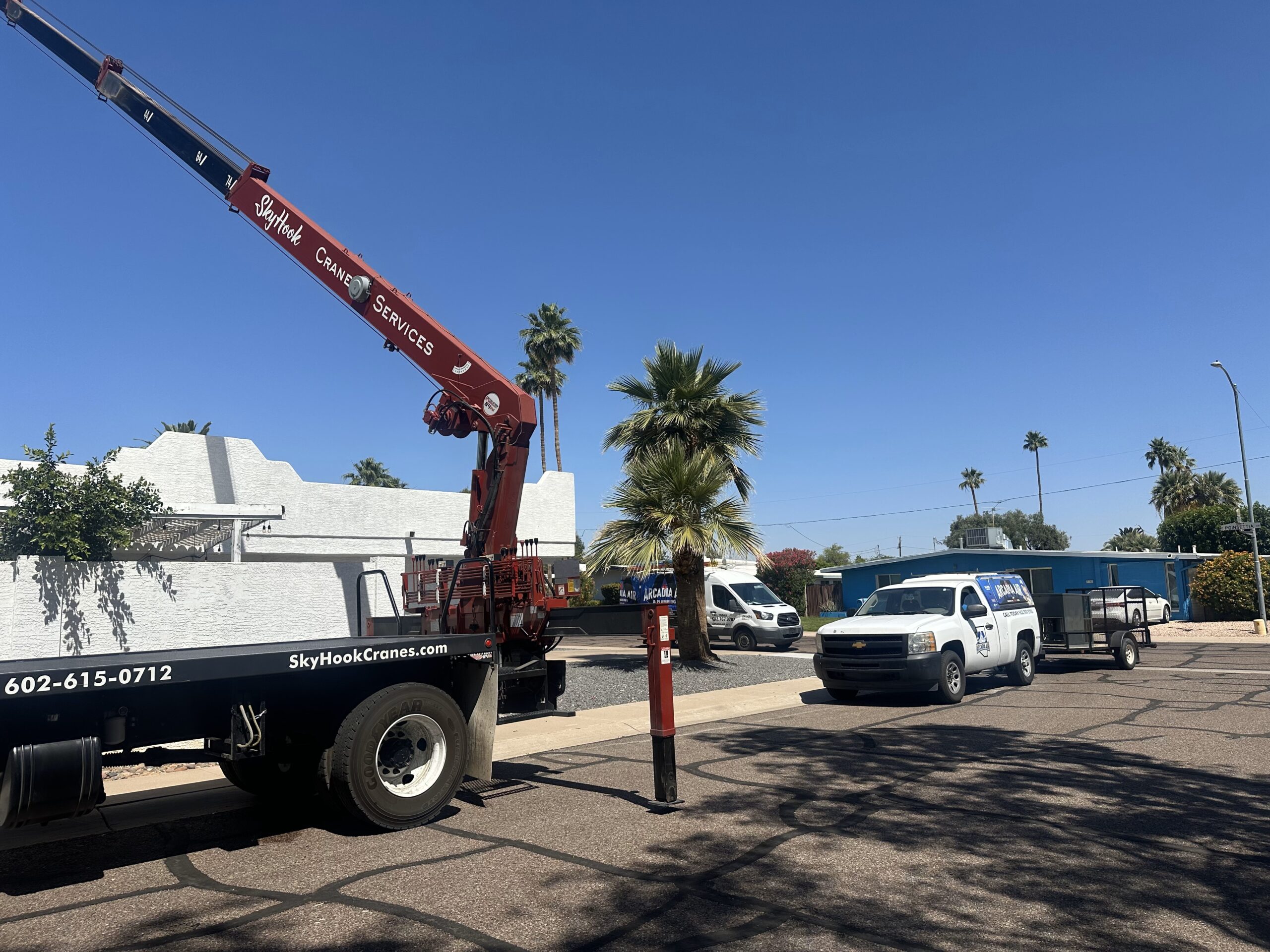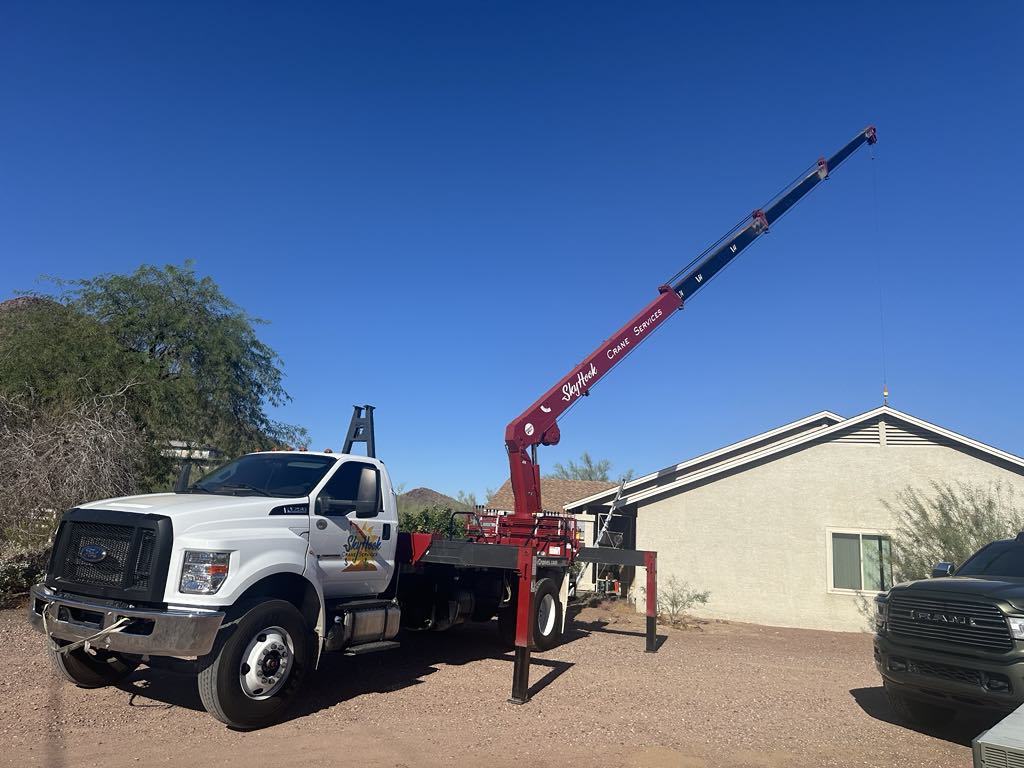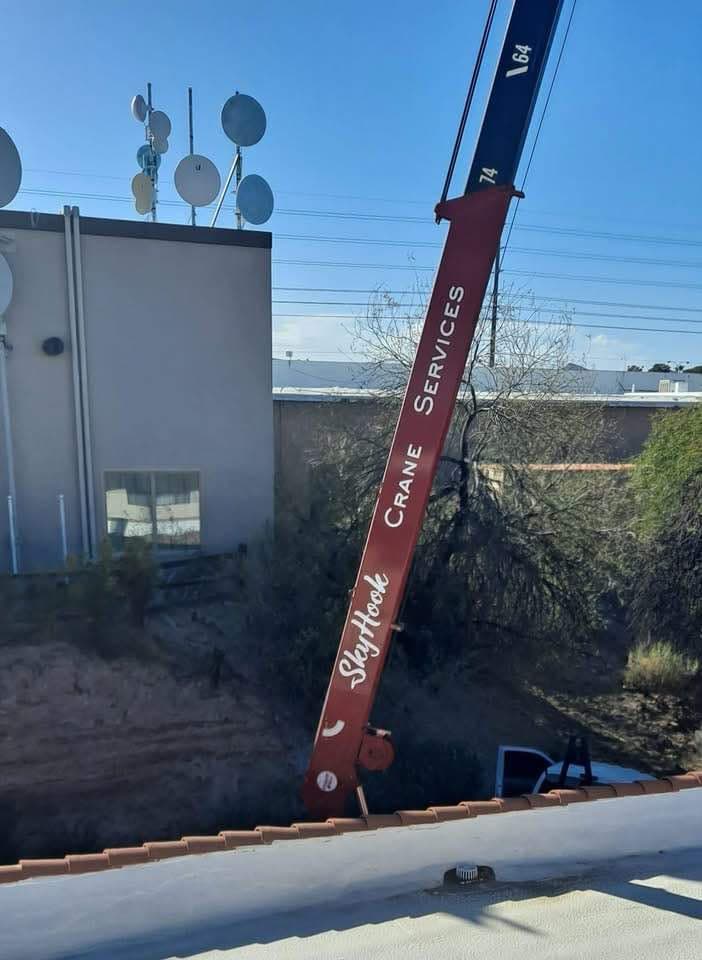Cranes are an essential part of many construction projects, industrial sites, and even port operations. They lift and move heavy loads that would be impossible to handle manually. While cranes are incredibly powerful and useful machines, they also pose significant risks if not operated and maintained correctly. Crane accidents can lead to injury, death, property damage, and costly delays. That’s why crane safety is crucial to any operation that involves their use.
The Risks of Crane Operations
Crane operations come with inherent risks due to the complexity of the machinery and the heavy loads they carry. Here are some of the main hazards associated with crane use:
- Falling Loads: Improper lifting techniques or malfunctioning equipment can cause a load to fall, potentially injuring workers below.
- Crane Collapse: If a crane is not properly maintained or overloaded, it could collapse, causing significant damage and posing a danger to anyone in its vicinity.
- Electrocution: Cranes are tall, and operating them near power lines can lead to accidental contact, putting operators at risk of electrocution.
- Swinging Loads: A load that swings while being moved can create unpredictable movement, leading to accidents.
- Operator Error: Cranes require skilled operators who are properly trained. Inadequate training can lead to accidents resulting from poor decision-making or incorrect operation of the machinery.
Why Crane Safety Matters
- Protecting Lives The most important reason for prioritizing crane safety is to protect the lives of those working with or around cranes. A crane accident can cause severe injuries or even fatalities. These accidents can also involve members of the public, especially in urban environments where construction sites are close to residential or business areas.
- Preventing Property Damage Cranes are often involved in moving heavy materials, and a malfunction or accident can easily cause significant property damage. A fallen load can damage buildings, vehicles, infrastructure, and other equipment, leading to costly repairs and delays. Maintaining crane safety minimizes the risk of such costly damage.
- Legal and Financial Implications Crane accidents often result in legal action, insurance claims, and financial penalties. OSHA (Occupational Safety and Health Administration) and other regulatory bodies impose strict regulations for crane safety. Non-compliance with these regulations can result in fines, legal fees, and increased insurance premiums. These costs can have a serious financial impact on a business.
- Maintaining Efficiency Crane accidents or breakdowns lead to downtime, which can delay projects and reduce productivity. Safe and well-maintained cranes help ensure that projects stay on schedule and work proceeds smoothly. When crane safety is prioritized, equipment is less likely to break down, and operators are more confident in their work, reducing errors and delays.
- Ensuring Worker Morale A commitment to safety fosters a work environment where employees feel valued and protected. Workers who feel safe on the job are more likely to stay motivated, follow safety protocols, and contribute positively to the overall success of a project. Ensuring that crane safety is a priority helps build trust and improves overall team morale.
Key Practices for Crane Safety
- Regular Inspections Cranes should undergo regular inspections to check for any signs of wear or damage. This includes checking structural components, cables, hooks, and brakes. Proper maintenance ensures the crane operates smoothly and reduces the risk of accidents.
- Operator Training Crane operators should undergo comprehensive training and certification. They need to understand the specific crane they are operating, safety protocols, and how to handle different load types and conditions. Training also includes recognizing hazards, such as working near power lines, and knowing what to do in emergency situations.
- Load Limits and Proper Rigging It’s essential to adhere to load limits specified by the crane manufacturer. Overloading a crane can cause it to become unstable and collapse. Additionally, using the right rigging techniques ensures that the load is secured properly before lifting, minimizing the risk of a load falling or shifting during operation.
- Clear Communication Communication between the crane operator and the ground crew is essential. Using hand signals, two-way radios, and spotters ensures that everyone is on the same page, reducing the risk of mistakes or accidents during crane operations.
- Maintaining a Safe Work Zone Establishing clear, designated zones around the crane, often referred to as the “crane safety zone,” ensures that no one enters the danger area while the crane is in operation. This includes keeping workers away from the path of the crane’s load and ensuring proper barricades are in place to prevent accidental entry.
Conclusion
Cranes are powerful, indispensable tools in many industries, but they come with significant risks. Prioritizing crane safety is not just about following the law—it’s about protecting lives, avoiding financial loss, maintaining operational efficiency, and fostering a positive work environment. By implementing regular inspections, providing proper training, following safety protocols, and ensuring clear communication, businesses can significantly reduce the risk of accidents and improve their overall performance. Crane safety is not optional—it’s essential for the safety and success of every project.






